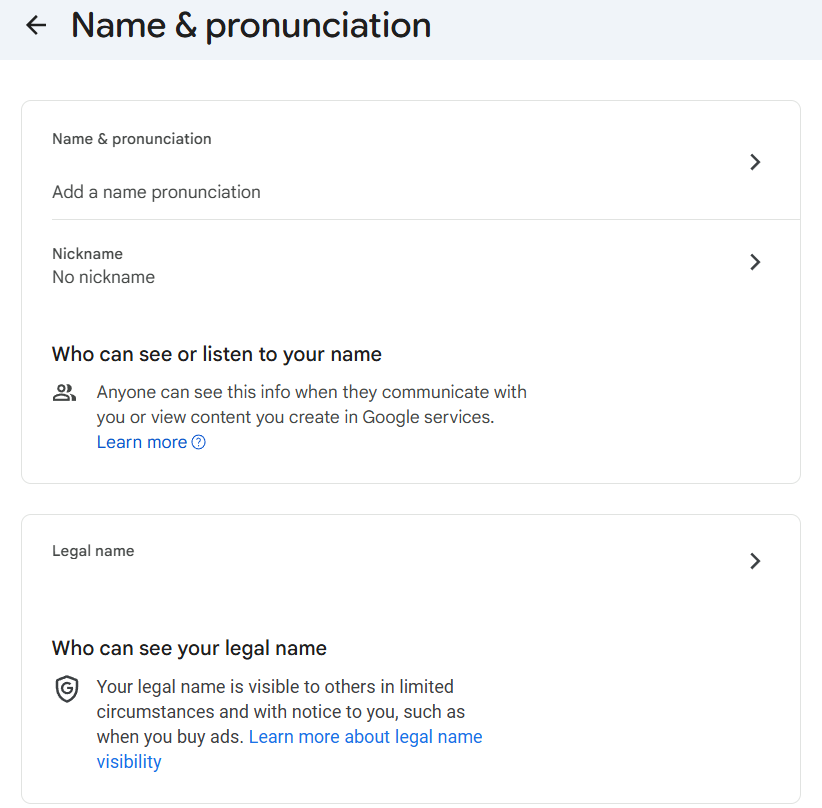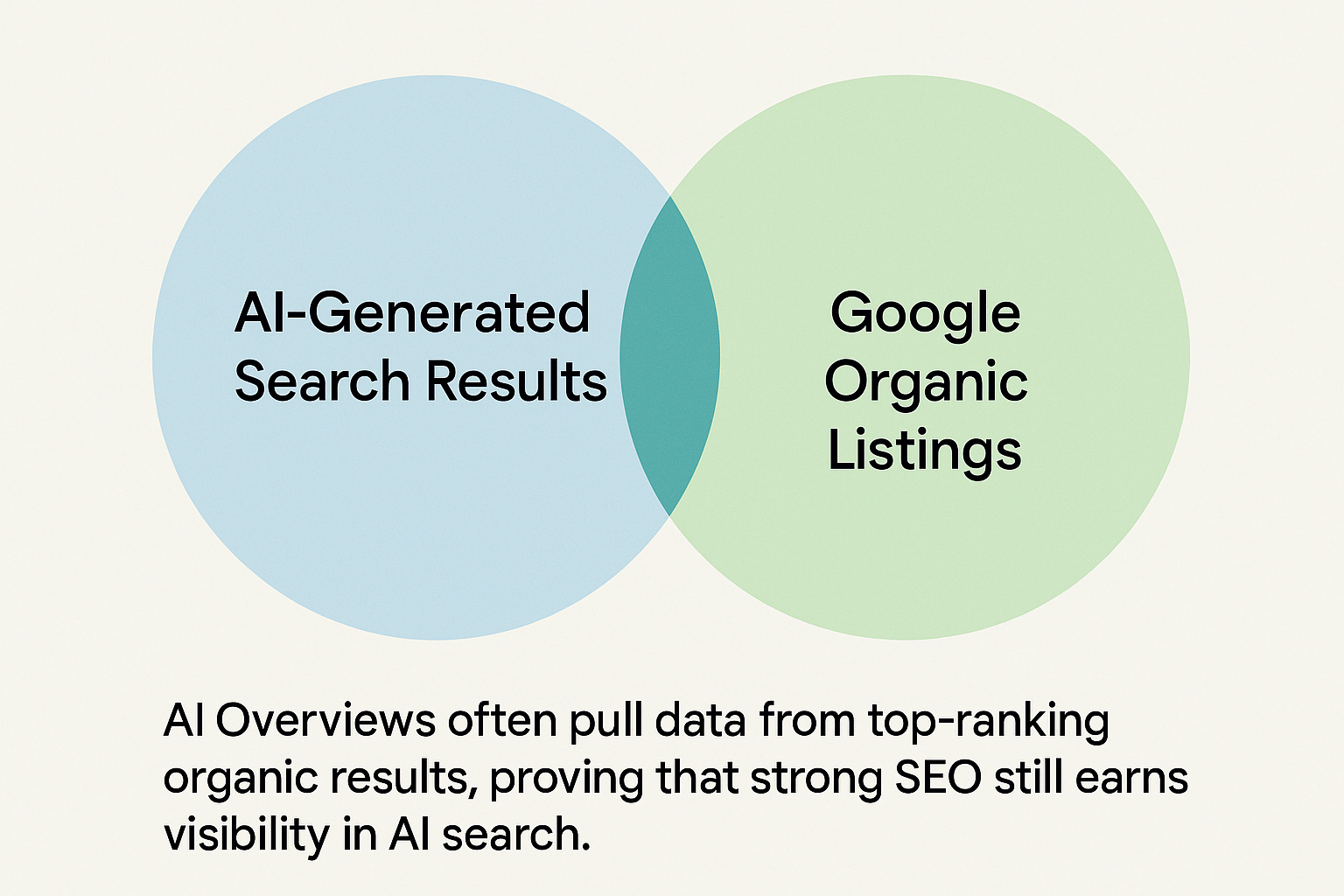7 Web Design Trends You Can't Afford to Miss in 2021
Web design is more than just pictures and words on a page. Keeping up with the latest design trends can completely transform your website, online business, or social media presence.

The results? An improved user experience on your website that attracts the audience you want and stands out in a digital space that is constantly evolving.
In 2021, web design has reached a level where it has become crucial to render highly engaging and communication-oriented websites to create cutting-edge user interfaces and appealing layouts. With such a saturated online marketplace for everything under the sun, users expect perfection.
Today, amazing user experience and creative web design aren't just nice extra things to have, they’re necessary for a website to be successful.
Here at Conscious Commerce, we always pay close attention to the current trends. We asked our senior designers what they felt were the top web design trends taking over the digital world in 2021. Read on to learn what they said..
1. Web Design for Causes
In 2020, the internet was a virtual escape from shelter-in-place orders and social distancing from friends, family and colleagues. Not only have virtual conferences become increasingly popular for social gatherings and entertainment, but many brick-and-mortar brands have also turned to websites to keep their businesses relevant, and reach their online audience. For web designers, this meant increased need and work to create meaningful and impactful designs.
In 2021, brands and their web designers have continued to up the ante by investing more into their online presence and global branding as companies who value their role in helping the world through turbulent times.
Here, web design has shifted to focusing more on a company’s deeply held virtues, mission statement and efforts in pushing for causes like environmental sustainability, inclusivity, community involvement and more. This more human-centric approach has translated to a rise in digital spaces bringing awareness to social causes through interactive tools and an increase in the resources of DIY web design, making website production accessible to everyone.
2. Parallax Scroll Animations
Although parallax scroll effects have been a trend in web design for years, graphic designers have taken this smooth movement and animation effects to innovative heights in 2021. Parallax effects can bring illustrations to life, create an illusion of depth and provide immersive movement, which is both smooth and subtle for the best user experience possible.
One thing designers should consider however is that too much movement in parallax effects can be harmful to people with vestibular disorders as it can cause disorientation and dizziness. Using this tool should enhance user experience, not inhibit interface function or distract from important information about your business, brand, or the narrative being conveyed.
3. Muted Color Palettes
With many of us living the work-from-home life, increased screen time and online activity are a given. Knowing how much of our time is spent online, web designers have shifted away from bold color choices to more muted and subdued colour palettes to reduce screen fatigue, create a more gentle viewing experience that is still cohesive and easy on the eyes for longer periods.
These muted colours can give a more natural feel to your website while being distinct and bold with the use of different tones and contrasting colours in a specific colour scheme. For online businesses and brands, how much your potential customers enjoy being on your site, staying for longer and actively making decisions can be highly influenced by the designs and colours you use throughout your platform. Luckily, muted colours create the perfect backdrop for your products to stand out and your messaging to stick without being overwhelming to the eyes.
4. Gaussian Blur
Like muted colour schemes, gaussian blur works to provide subtly, but complementary backdrops, images and gradients. Web designers can take unique colour palettes associated with specific brands or intended emotional associations to create the perfect platform for your online operations. This swirl of soft-focus blends many aspects of web design together in a dreamy and cohesive atmosphere that has users scrolling for longer.
5. Scrollytelling
A website is more than a marketplace for products and services, it is a platform that showcases your brand story and online image. We've seen a growing trend in designers telling stories through web experiences. This is where scrollytelling comes in.
Visual storytelling through web design enriches brand narrative and engaging users into a familiar format that feels comfortable and enticing to scroll through. Common tools in scrollytelling include small, subtle 3D animations and beautiful illustrations to support the story and narrative you are trying to tell and users can interact with.
While it can be difficult to create the perfect narrative for your business, working with the right web designers and
digital marketing agency can really elevate your messaging and how you convey your story.
6. Dark Mode
Blue light and white screens can cause a lot of strain on the eyes over a long period of time. Many online platforms, mobile apps, and operating systems nowadays offer users the option to display content through traditional formatting or change things up with darker backgrounds.
As a web design tactic, the perfect dark backdrop provides a unique experience that contrasts typical bright white backgrounds and makes some design elements really pop. With so much content to absorb online, standing out with a sleek dark background or the option to convert to dark mode definitely helps to catch the attention of online users in 2021.
7. Value-Added Multimedia Experiences
When users scroll, they are doing more than navigating a web page: they’re interacting.
This interaction, flicking of the mouse and scrolling across a screen, is a form of active participation, and when users are involved in things that are happening, they are more likely to be interested and engaged. Here, bringing together visuals, text, video, and audio makes for a rich user experience and responsive interface. With advancements in bigger screen sizes, higher resolution screens, 3D rendering and accessible web design, having a value-added and integrative online platform is what users expect in 2021.
Work With The Digital Design Team That Does it All
Creating engaging websites and keeping up with the latest web design trends is the name of our game. When it comes to creating the best website for your business, brand or organization, we’ve got you covered.
Everything we do incorporates an integrated, value-added marketing approach designed for business success and rapid growth online. We help our clients reach their customers online with meaningfully
integrated marketing campaigns that incorporate creative trends and innovative tools to solidify your spot in the digital space.
Conscious Commerce Corporation has always been a company about delivering best practices and honesty. Book a
complimentary consultation with one of our Marketing Agency Partners and discover how we can build the perfect website to accelerate your business growth and conversions.







